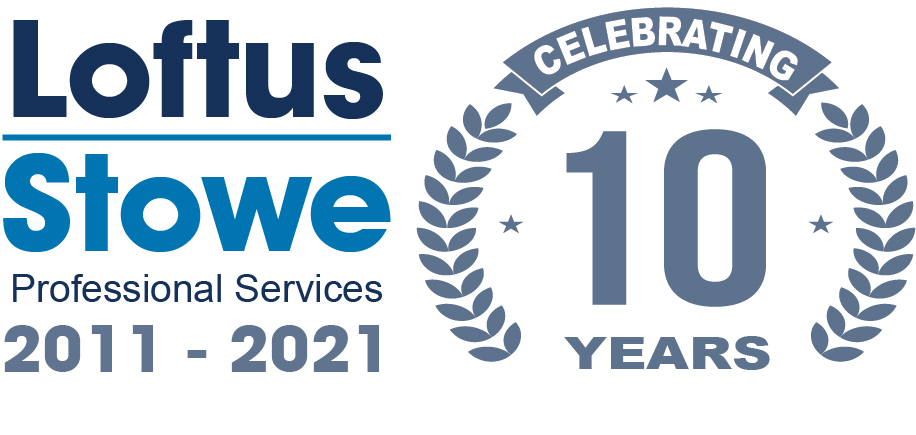You dont need me to tell you that safety-conscious, conservative investors with a penchant for defensive shares endured something of a sustained pummelling during 2014 from that traditional safe haven, the supermarket sector.
To me, the supermarkets inhabit a no-go area for 2015 and beyond, for the simple reason that the industry is now swimming against the tide. For defensive plays, Im looking at areas where the fundamentals remain intact, and one compelling sector is the pharmaceuticals.
In recovery from patent cliff headaches
The big story of the last few years in pharmaceuticals was the way big operators such as GlaxoSmithKline (LSE: GSK) (NYSE: GSK.US) and AstraZeneca (LSE: AZN) (NYSE: AZN.US) lost business and profit margins thanks to generic competitors swooping in when previous big-selling drugs timed-out on patent exclusivity. A lot of that seemed to happen all at once, leading to the situation being dubbed the patent cliff.
Profits tumbled, and the focus for the London-listed big pharmaceutical firms became cost management and driving the realisation of their drug development pipelines in order to push through new potential blockbusters to fill the vacuum. Theres still work to do. GlaxoSmithKline saw earnings fall around 18% during 2014, and the firm expects a flat result during 2015. AstraZeneca also witnessed an 18% decline in earnings this year and expects a further 4% decline during 2015.
The rate of earnings decline will fall, both firms say, and thats encouraging when we look at the fundamentals of the industry. Ageing world populations look set to keep demand for pharmaceutical products high. There is a lot of upstart competition ready to compete with the pharmaceutical majors but, unlike the supermarket sector, barriers to entry are high: it takes deep pockets and great skill to develop new drugs.
Promising pipelines
According to GlaxoSmithKlines directors, the firms R&D pipeline will fuel growth with a sustained flow of new products over the next five to ten years. The company identifies multiple phase II and III assets with significant potential, including Mepolizumab for severe asthma, Sirukumab for rheumatoid arthritis, Cabotegravir for HIV, Losmapimod for acute coronary syndrome and treatments for chronic obstructive pulmonary disease and anaemia amongst other things. The firm also points to early clinical development opportunities including molecules in epigenetics targeting oncology and immuno-inflammation, respiratory conditions, cardiovascular diseases and inflammatory diseases.
It seems clear that GlaxoSmithKline remains deeply rooted in mainstream medicine with a promising medium-term outlook. Yet theres a similar story at AstraZeneca. The firm reckons it plans to continue to invest in its growth platforms and accelerating pipeline whilst managing overall costs. Both GlaxoSmithKline and AstraZeneca seem good candidates for a defensive investment in the pharmaceutical sector, although Pfizers bid approach messed up the valuation for AstraZeneca during the year. I think AstraZenecas shares still look expensive.
The growth leader in the line up.
Sometimes, a better defensive investment comes from buying the growth leader. Its true that the valuation might be higher, but so is the rate of earnings growth, and a rising share price can end up cushioning us from our worries about paying too much for a share.
The perky-looking grower in our line up is Shire (LSE: SHP). 2014s earnings are up 35% and the firm expects to increase earnings by a further 9% during 2015. The companys Chairman reckons Shire is well positioned for future growth as it implements a plan to double product sales to $10 billion by 2020. Thats an impressive growth promise, which makes the firm look attractive.
Shire is just under half the size of AstraZeneca in terms of its market capitalisation, and rose through the index ranks to the FTSE 100 by a process of research and development, and by acquisition. The firm accumulated a range of medicines and healthcare products in what it describes as the areas of behavioural health and gastro intestinal conditions, rare diseases, and regenerative medicine. Theres a strong pipeline for things like ADHD, hunter syndrome, fabry disease, ulcerative colitis and gaucher disease, all of which could drive further growth in the medium term.
What next?
The pharmaceutical industry has much to offer the defensive-minded investor for 2015 and beyond, which is why we still see big-hitting investors and fund managers such as Neil Woodford with portfolios stuffed with names in the sector.
The pharmaceutical sector retains upside potential, so I’m looking at it alongside other opportunities on the London stock market. A new exclusive wealth report from the Motley Fool is a handy companion in my search.
The paper highlights seven steps to serious wealth and signposts compelling investment opportunities available now,ripe for your own analysis.
Amongst other gems, this report points to a pharmaceutical play expected to deliver a compound annual growth rate in earnings of 10% over the next five years. There’s also a great example of a company with effective management, consistent returns on capital and predictable sales.
Vibrant firms with great prospects can drive your portfolio’s growth. Run your analysis over these opportunities now; it’s free and without obligation. Click here
Get FREE Issues of The Motley Fool Collective
Get straightforward advice on whats really happening with the stock markets, direct to your inbox. Help yourself with our FREE email newsletter designed to help you protect and grow your portfolio wealth.
By providing your email address, you consent to receiving further information on our goods and services and those of our business partners. To opt-out of receiving this information click here. All information provided is governed by our Privacy Statement.
Kevin Godbold has no position in any shares mentioned. The Motley Fool UK has recommended GlaxoSmithKline. We Fools don’t all hold the same opinions, but we all believe that considering a diverse range of insights makes us better investors.





